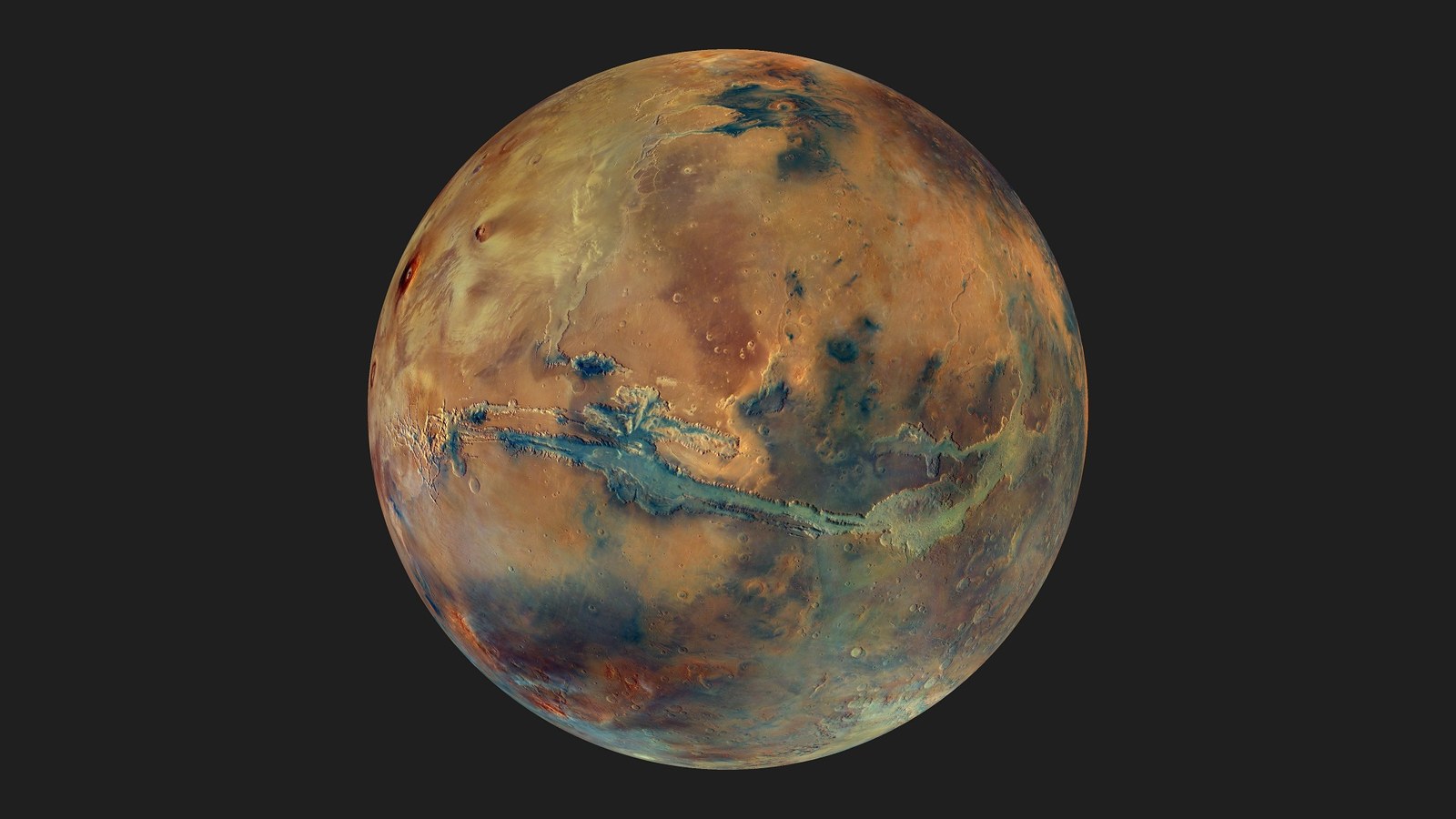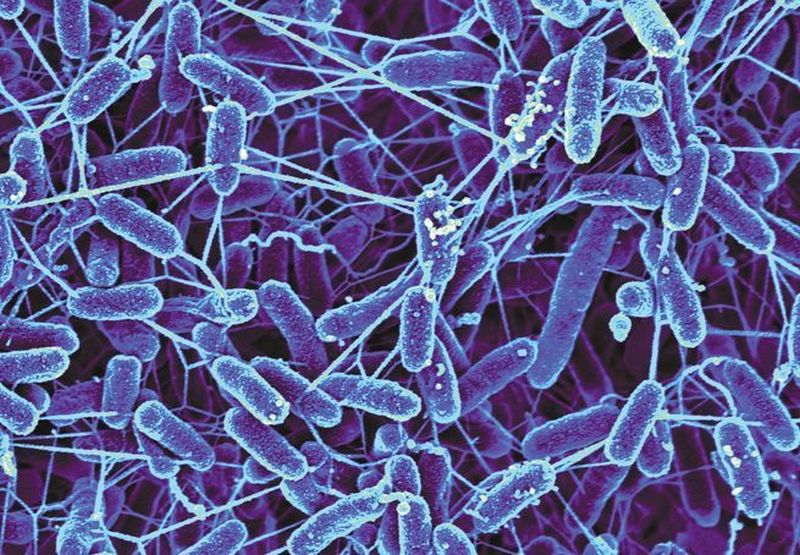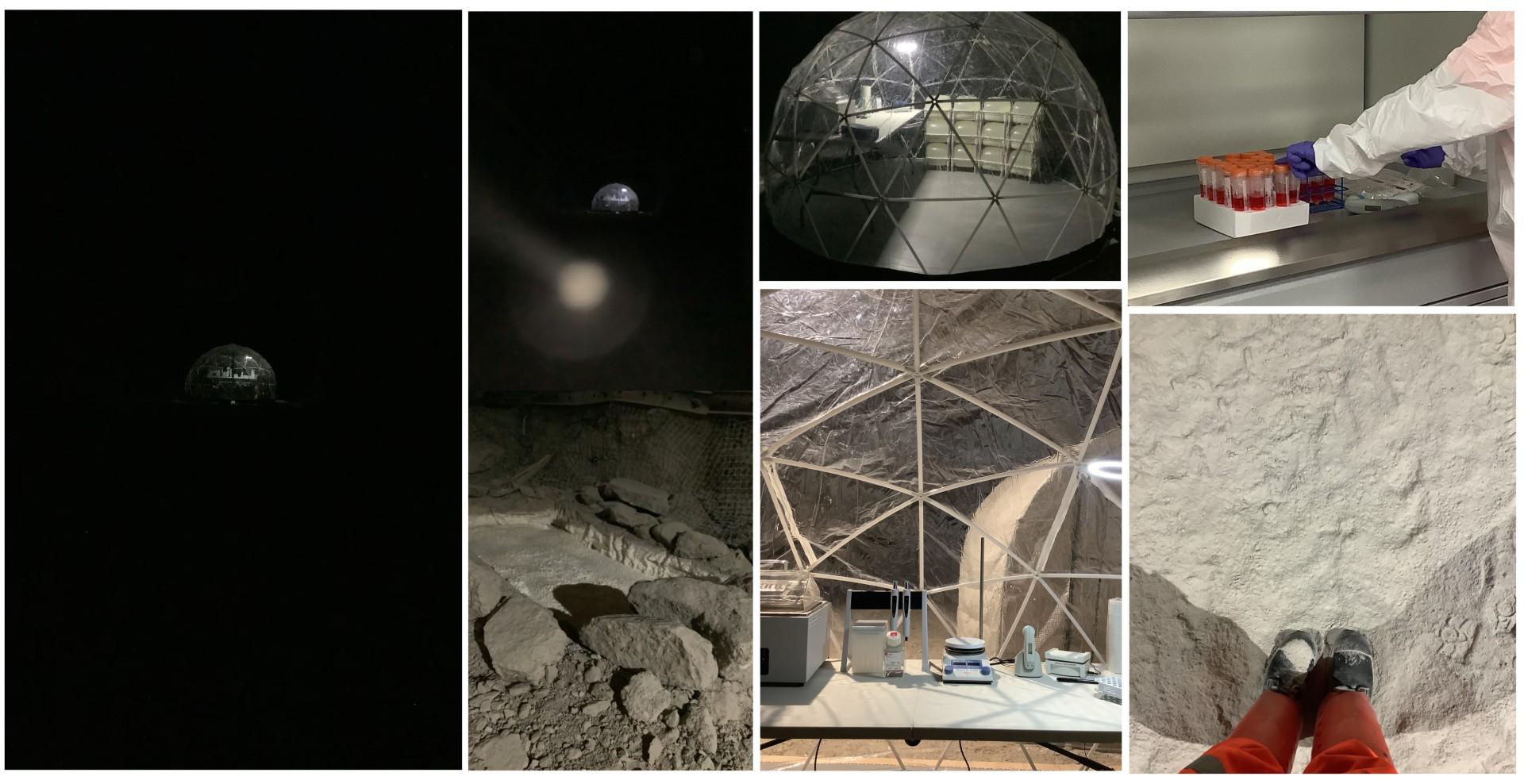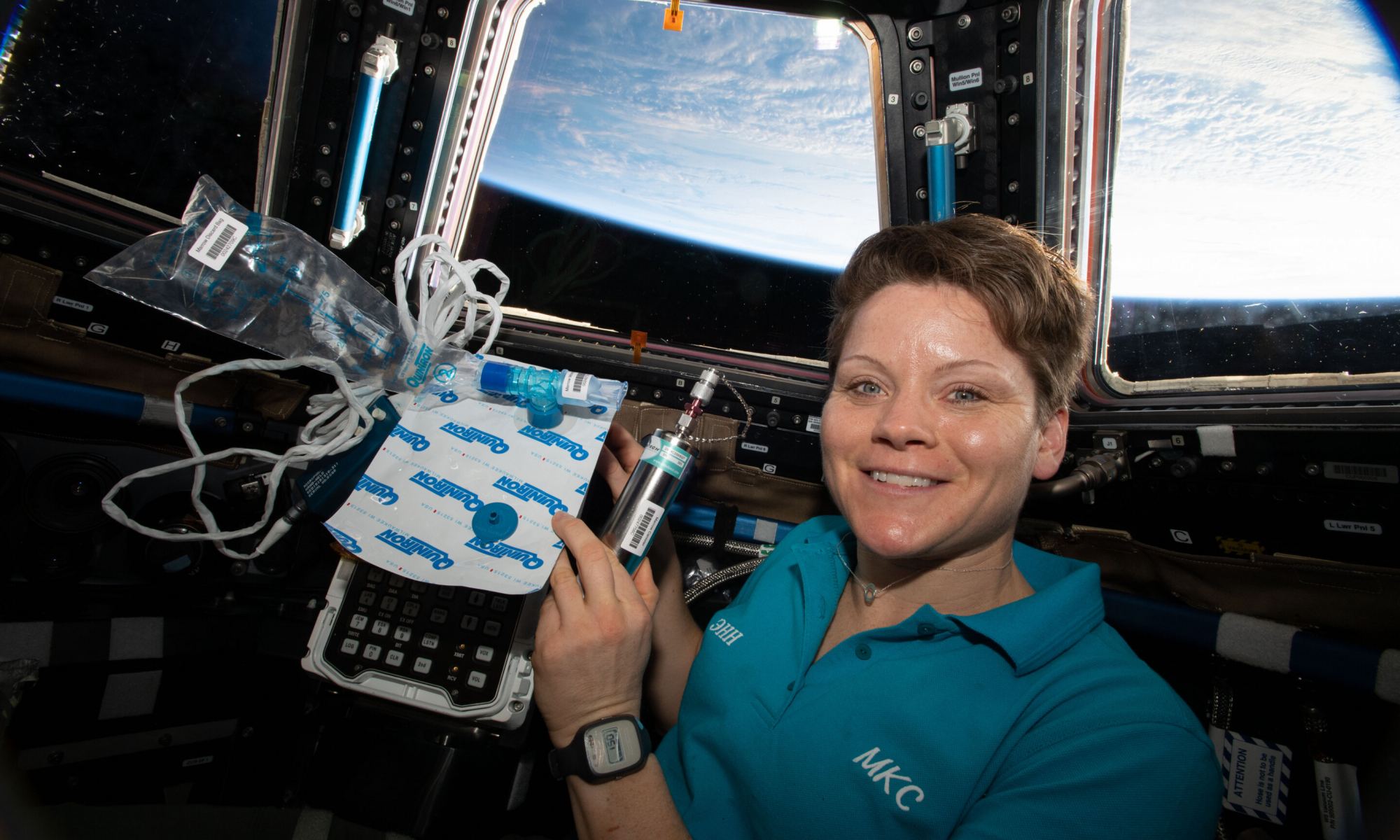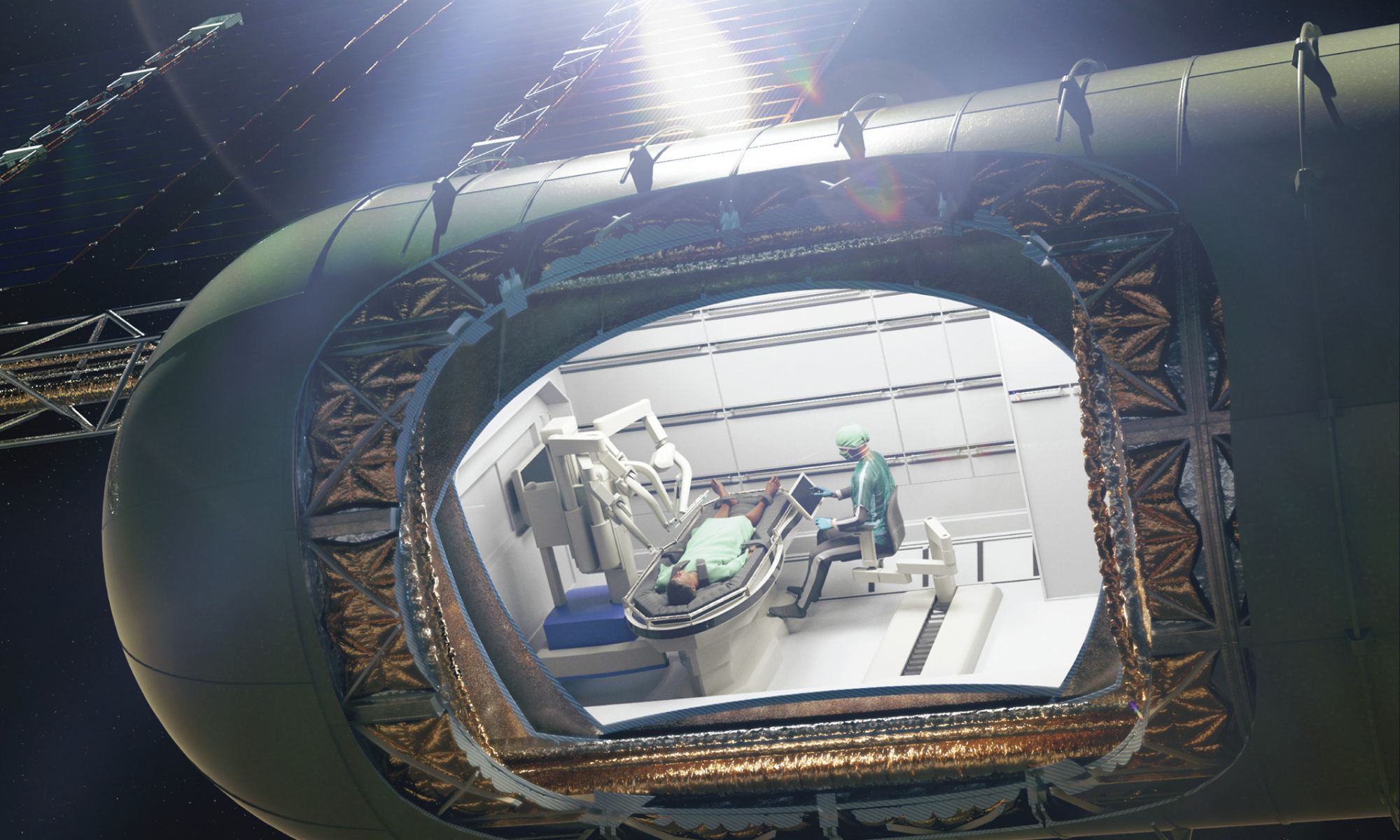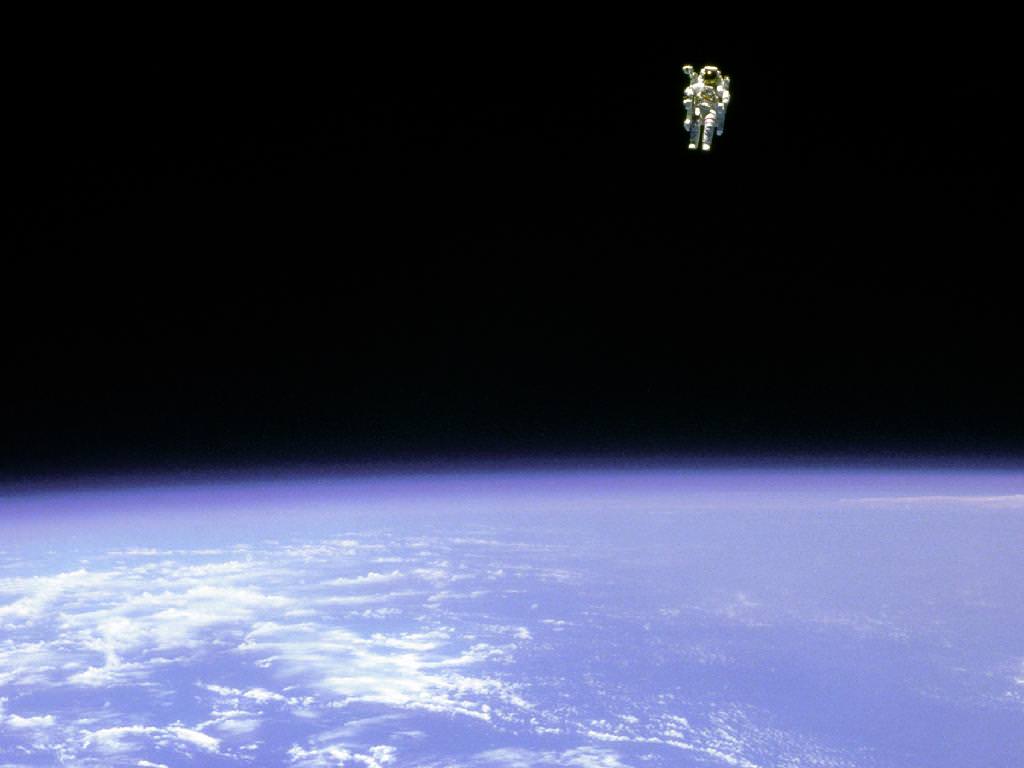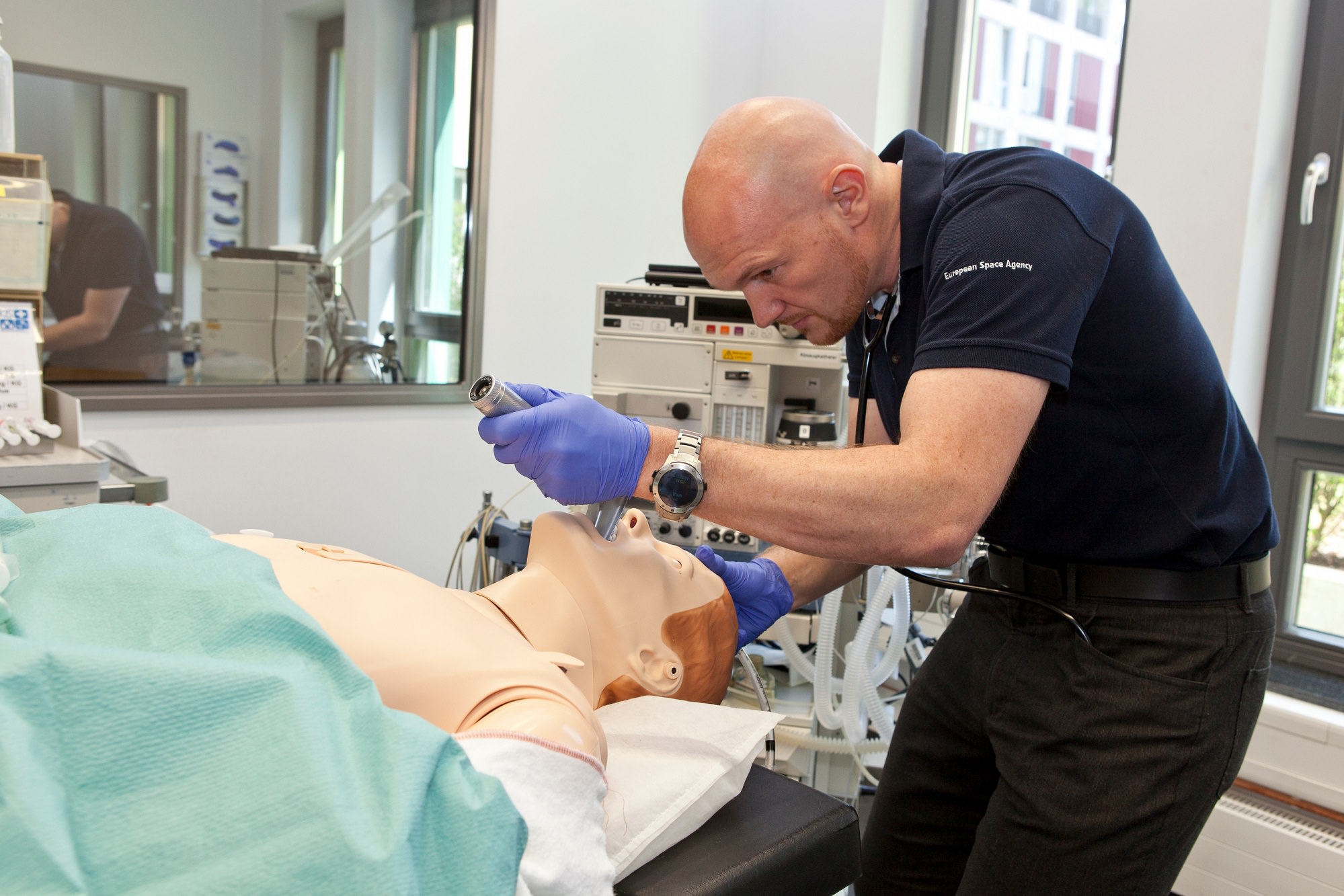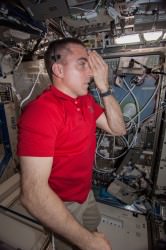Men and women look exactly the same when ensconced in a space suit. But female physiology is different from male physiology in significant ways. And those differences create challenges when those bodies have to endure long duration spaceflight, such as during proposed missions to Mars.
Some of the effects of spending a long time in space are well-known, and affect both genders. Exposure to microgravity creates most of these effects. With less gravity acting on the body, the spine lengthens, causing aches and pains. Lowered gravity also causes bone loss, as the skeletal system loses important minerals like nitrogen, calcium, and phosphorous. And the muscles atrophy, since they aren’t used as much.
Microgravity makes the body sense that it is carrying too much fluid in the chest and head, and the body tries to eliminate it. Astronauts feel less thirst, and over time the body’s fluid level decreases. With less fluid, the heart doesn’t have to work as hard. The heart’s a muscle, so it atrophies much like other muscles. The fluid level causes other changes too. Fluid accumulates in the face, causing “Puffy Face Syndrome.”
But some problems are specific to gender, and Gregor Reid, PhD, and Camilla Urbaniak, PhD Candidate at the Shulich School of Medicine and Dentistry are focusing on one fascinating and important area: the human microbiome. Female and male microbiomes are different, and they are affected by microgravity, and other aspects of space travel, in different ways.
The human microbiome is the trillions of microorganisms living on the human body and in the gut. They are important for digestion and nutrition, and also for the immune system. A healthy human being requires a healthy microbiome. If you’ve ever travelled to another part of the world, and had stomach problems from the food there, those can be caused by changes in your microbiome.
Research on astronauts shows that spending time in space changes different aspects of the microbe population in a human being. Some of these changes cause health complications when the microbes responsible for digestion and immunity are affected. Reid says that the microbe has to be understood as its own organ, and we need a better understanding of how to keep that organ healthy. Keeping the microbiome healthy will keep the astronaut healthy, and reduce the risk of disease.
After conducting a literature review, the two researchers suggested that astronauts should incorporate probiotics and fermented foods into their diet to boost the health of their microbiome. They think that astronauts should have access to probiotic bacteria that they can prepare food with. Urbaniak acknowledges that female astronauts don’t want to be limited to shorter duration space flights, and using probiotics to manipulate the microbiome of female astronauts will allow them to withstand longer voyages.
Reid and Urbaniak also highlight some other problems facing women in long distance space voyages. If a female astronaut is diagnosed with breast cancer, ovarian cancer, or a urinary tract infection during an extended journey in space, any treatment involving antibiotics would be problematic. The antibiotics themselves may work less effectively due to changes in the microbiome.
Research on male astronauts has already shown a decrease in beneficial microorganism in the gut, and in the nasal and oral pathways. Those decreases were noted in both long and short duration stays in space. The research also shows an increase in harmful microorganisms such as E. coli. and staphylococcus. But so far, the same research hasn’t been done on female astronauts.
It’s well understood that women and men have different microbial profiles, and that their microbiomes are different. But there’s a lot we still don’t know about the specifics. This is an important area of research for NASA. According to Urbaniak, though, previous studies of the human microbiome and its response to space travel have focused on male astronauts, not female astronauts. Reid and Urbaniak are hopeful that their work will start a conversation that results in a greater understanding of the effects of space travel on women.

